3D printers
High quality 3D printers
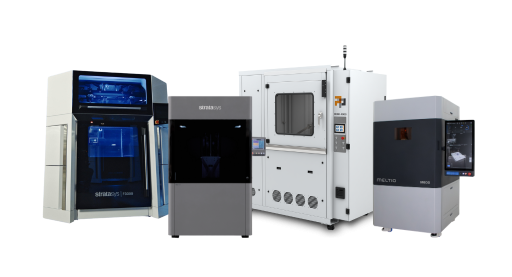
Simply fill out the form behind the button and receive a free sample of a technology of your choice!
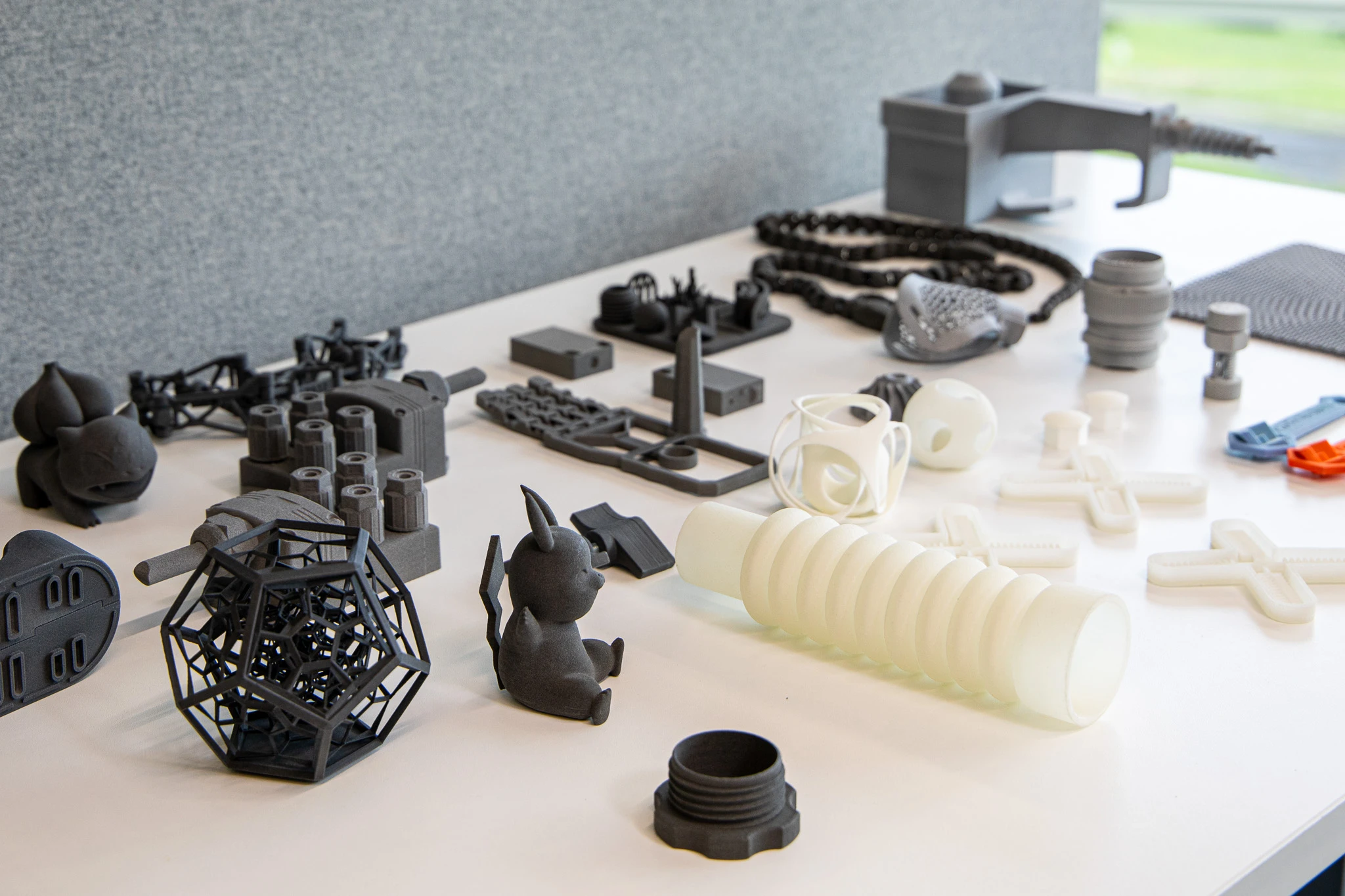
3D printing with powder uses polymer powder specially adapted to 3D printing and is becoming increasingly popular in industrial applications. Powder 3D printing can be divided into two different categories. The first is the classic variant using an infrared laser, in which the powder is fused layer by layer by this laser. The best-known variant of this process is Selective Laser Sintering (SLS).
In the second variant, a binder is combined with high temperatures to selectively bond the powder together. However, as the binder also consists of polymers, no debinding or sintering is required to obtain fully functional components, unlike in metal 3D printing. This process comes in the form of Binder Jetting and Selective Absorption Fusion (SAF™), among others.
There are many reasons for the steadily growing popularity of this type of 3D printing. The most important are the outstanding design freedom, mechanically efficient materials, very economical material consumption thanks to the recyclability of the powder material, support structure-free production and a very high production speed.
SLS printing uses one or more infrared lasers, usually with a power of between 30 and 60 watts, to sinter the powder using heat and thus fuse it together layer by layer.
SLS printing boasts favourable acquisition and material costs as well as a high surface quality, but is on average somewhat slower than other processes.
In Binder Jetting, a polyer binder is applied to the powder layer using print heads, which then selectively bonds the powder together using heat from thermal fields.
Due to the ability to bond an entire layer together almost at once, Binder Jetting is very fast, but can have a negative impact on the mechanical properties of the components.
SAF™ technology is fundamentally very similar to binder jetting, but adds a more powerful binder (High Absorption Fluid) and better powder management.
SAF™ is particularly excellent in mass and series production and offers a very high packing density and powder recovery rate, but is a bit slower than Binder Jetting.
In the first step, the print data and the digital model are prepared using CAD or 3D modelling software and sent to the printer.
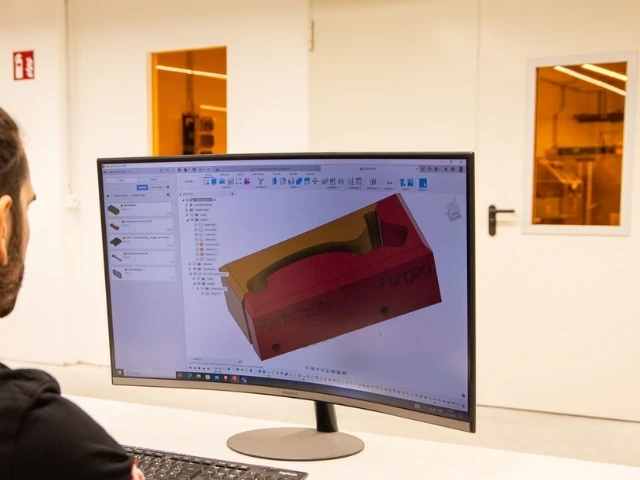
Before printing begins, it must be ensured that a continuous supply of material is guaranteed, as this cannot be added during the printing process.
The third step involves the actual printing of the component. The material is sintered or bonded in a step-by-step process to achieve the desired geometry.
Once the print job has cooled down, it is removed from the powder bed and the excess powder is removed. The unsintered or non-bonded powder can then be reprocessed.
Sandblasting the printed part creates a uniform and high-quality surface structure and refines the component. Sandblasting also ensures that there is no more powder on the components.
The components can be further processed afterwards. For example, they can be coloured, painted or mechanically processed.
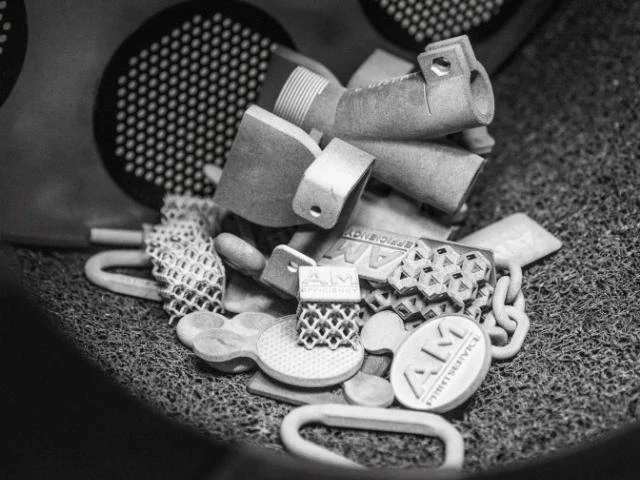

With the ability to produce the most complex structures quickly and easily, powder 3D printing is ideal for optimising weight in the aerospace industry. Possible components include interior fittings, structural components, drone bodies and high-performance tools.

To speed up the product development cycle, more and more automotive manufacturers are turning to the capabilities and benefits of 3D printing with polymer powder. Possible components include functional prototypes, interior panelling, fuel nozzles and wind tunnel models.

Thanks to several biocompatible materials, 3D printing with polymer powder is perfectly suited to maximising productivity in medical technology for both indications and apparatus engineering. Possible components include prostheses, medical models, functional prototypes and surgical instruments.
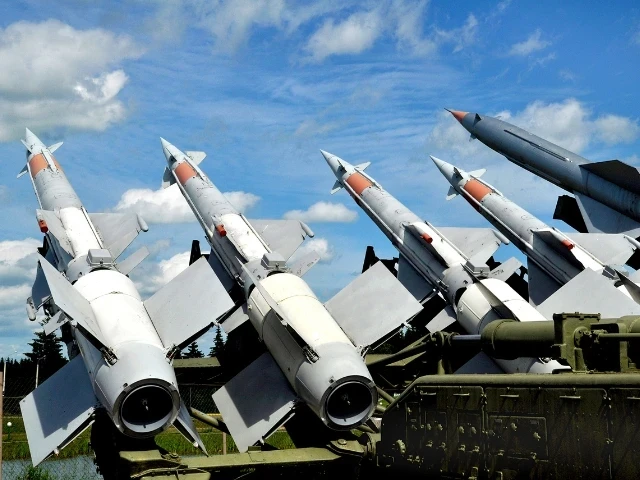
The defence industry has a high demand for weight reduction and component consolidation in a variety of applications and powder 3D printing meets this need perfectly. Potential components include missile components, weapon systems, functional prototypes and field equipment.
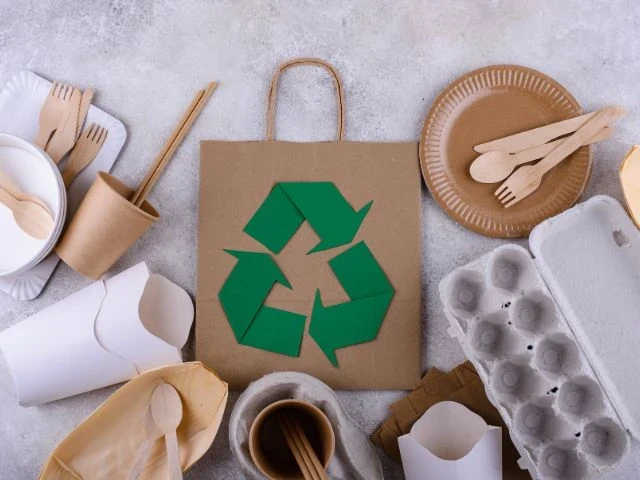
The packaging industry is striving massively for more sustainable production and the recyclability of polymer powder in 3D printing has made it essential to this endeavour. Possible components include final packaging, special protective packaging, prototypes and personalised packaging.
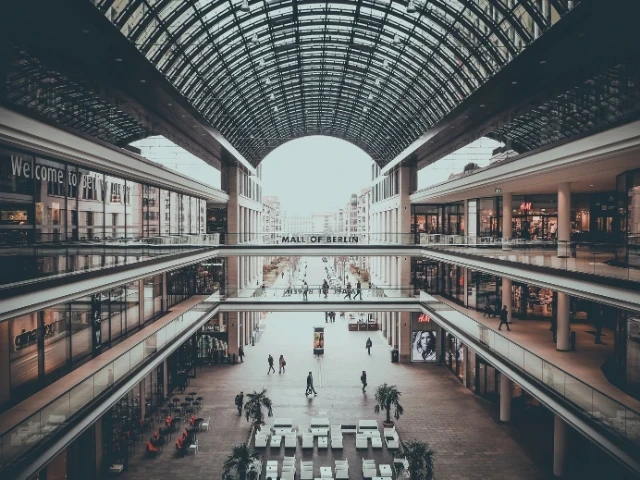
Thanks to its low costs per component, its mechanically efficient materials and fast production, powder 3D printing is ideal for reacting more quickly to trends in the consumer goods market and setting them yourself. Possible components include shoe soles, jewellery, wearables and spectacle frames.
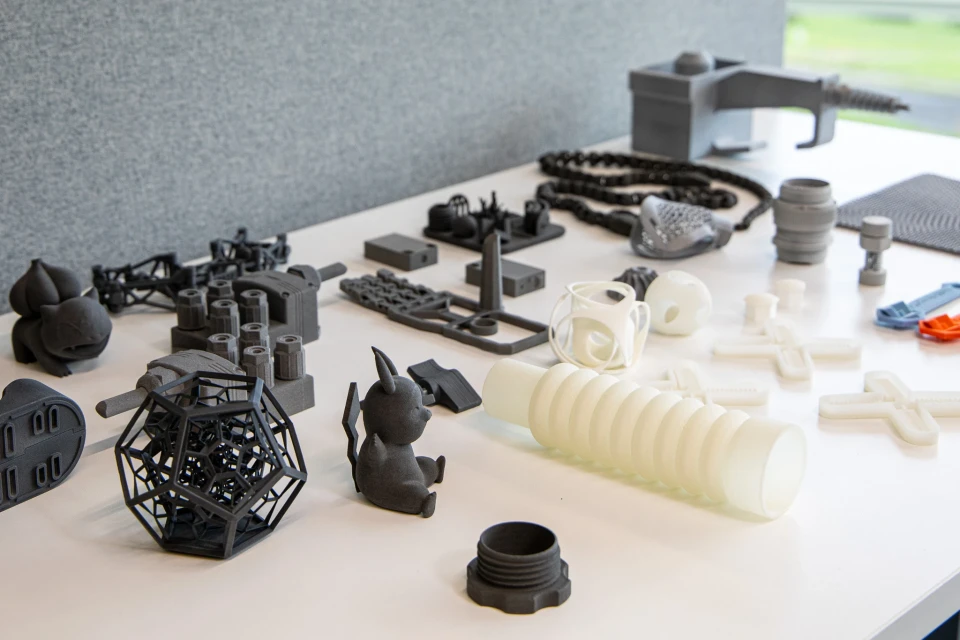
Our team of experts will be happy to support you in choosing the right 3D printing technology and in selecting the right 3D printing system.
Our application team also advises you on the choice of materials. Among other things, we can provide cost and time calculations as well as sample parts. In our showroom we have the possibility to validate the project together with you!
